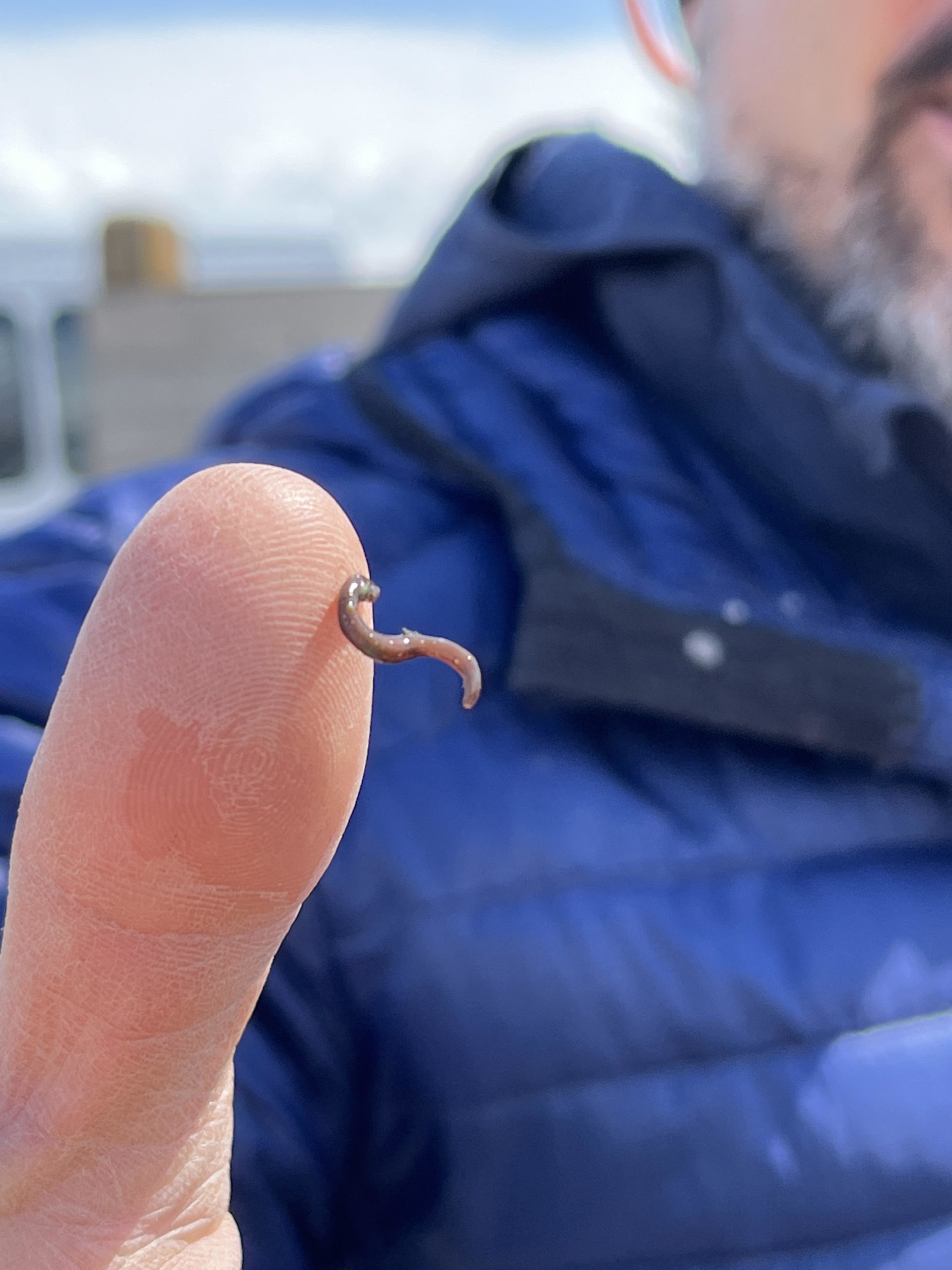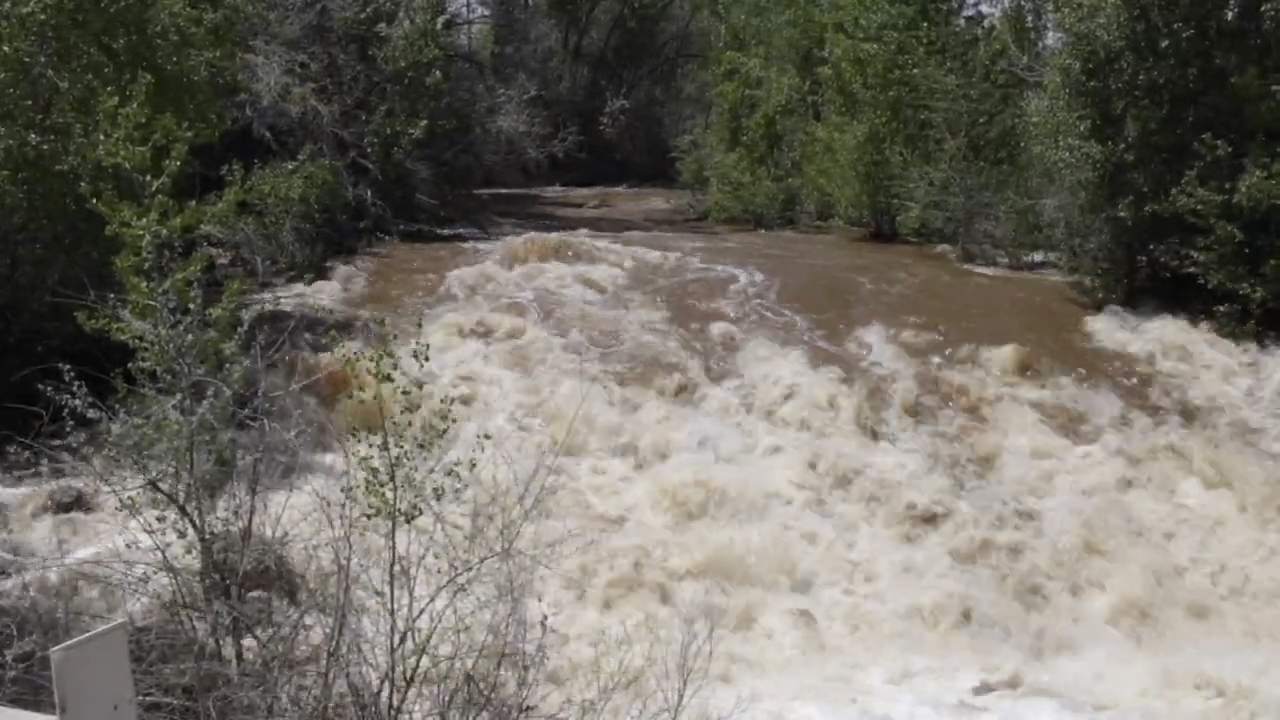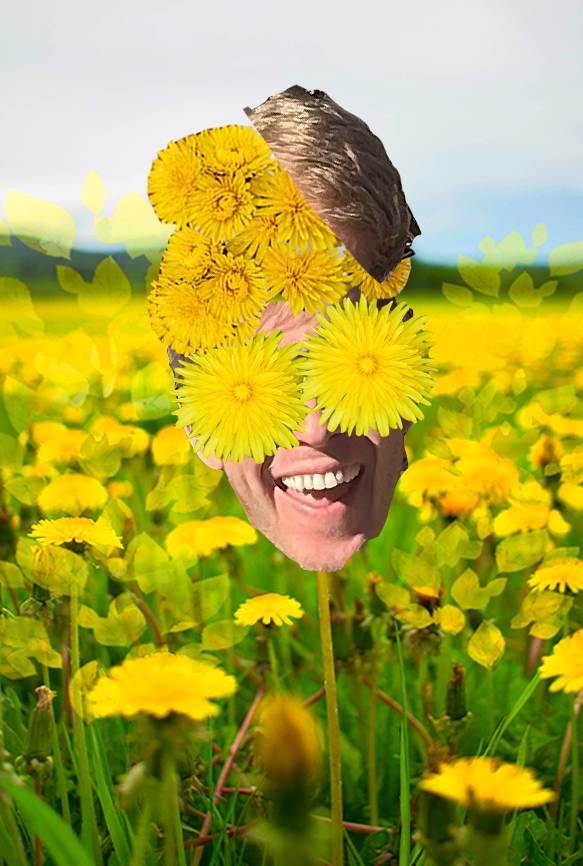
Courtesy USDA Forest Service
C. Webber, Photographer
Of course, we have our toxic plants here in Utah as well. One that is reported to have caused death in humans and livestock is the foothill death camas, one of a few extremely toxic plants found in our area, and a very common early spring plant throughout much of Utah’s foothills.
Death camas plants include several species of Zigadenus. At least 15 species are native to North America and grow in all kinds of habitats: moist mountain valleys, dry hills, forest, grassland, and even coastal and marsh areas. There may be some variation in toxicity level from one species to the next, but ALL should be considered dangerous.
I became aware of this beautiful member of the lily family when one of my more adventuresome students shared his story. As a 10 year old, he decided to experiment by eating some of the foothill death camas. Soon after he was rushed to the ER to have his stomach pumped. He reported there was no further experimentation!
Symptoms of poisoning by death camas include vomiting and excessive salivation, tremors, weakness, loss of control over body movements, convulsions, and coma. Ultimately, an animal that has eaten too much will die. A half pound consumed can be fatal to livestock.
It is possible to mistake death camas for the edible blue camas lily, sego lily, and wild onions, all of which were an early staple of native Americans and pioneers. More recently, some unfortunate railroad workers died shortly after eating the bulbs. Eight adults ingested foothill death camas (Zigadenus paniculatus) bulbs in Juab County, Utah, believing them to be nontoxic wild bulbs. All who ingested the bulbs became ill, and three of them required admission for medical treatment.
The probable fatal dose, extrapolated from animal data, ranges from less than one-tenth pound (four-five bulbs) for a young child to a pound for an adult. Other parts of the plant such as nectar and seeds are also highly toxic. Atropine and dopamine are treatments. Poisoned individuals become relatively asymptomatic within 24 hours of their ingestion. No long-term symptoms have been reported.
As with most all toxic plants, they have medicinal properties as well. The death camas root can reduce swollen knees and leg aches. Use with caution!!
Jack Greene for Bridgerland Audubon Society, and I’m wild about Utah and it’s poisonous plants.
Credits:
Images: Courtesy USDA Forest Service, C. Webber, Photographer, https://www.fs.usda.gov/detail/whiteriver/learning/?cid=fsm9_019086
Audio: Courtesy & © Kevin Colver, https://wildstore.wildsanctuary.com/collections/special-collections
Text: Jack Greene, Bridgerland Audubon, https://bridgerlandaudubon.org/
Additional Reading: Lyle W Bingham, Webmaster, Bridgerland Audubon, https://bridgerlandaudubon.org/
Additional Reading:
Jack Greene’s Postings on Wild About Utah, https://wildaboututah.org/author/jack/
Nancy Hanks Lincoln, Writing Her Story, 31 Women in 31 Days, Indiana Commission for Women, https://www.in.gov/icw/files/20160331_Lincoln_Nancy.pdf
Death Camas, Zygadenus spp., USDA Forest Service, White River National Forest, Forest Service, US Department of Agriculture, (USDA), https://www.fs.usda.gov/detail/whiteriver/learning/?cid=fsm9_019086
Zigadenus paniculatus (Nutt.) S. Watson, Foothills Death Camas, National Conservation Resource Service (NRCS), US Department of Agriculture (USDA), https://plants.usda.gov/home/plantProfile?symbol=ZIPA2
Foothill Deathcamas, Range Plants of Utah, Extension, Utah State University, https://extension.usu.edu/rangeplants/forbs-herbaceous/deathcamas
Deathcamas (Zigadenus gramineus, Z. venenosus, Z. paniculatus, Z. nuttallii), Poisonous Plant Research: Logan, UT, Agricultural Research Service, US Department of Agriculture, (USDA), https://www.ars.usda.gov/pacific-west-area/logan-ut/poisonous-plant-research/docs/deathcamas-zigadenus-gramineus-z-venenosus-z-paniculatus-z-nuttallii/
Panter, K.E., M.H. Ralphs, J.A. Pfister, D.R. Gardner, B.L. Stegelmeier, S.T. Lee, K.D. Welch, B.T. Green, T.Z. Davis, and D. Cook. 2011. Plants Poisonous to Livestock in the Western States. U.S. Department of Agriculture, Agriculture Bulletin No. 415. https://www.ars.usda.gov/is/np/poisonousplants/poisonousplants.pdf
Cane, J., Gardner, D.R., Weber, M. 2020. Neurotoxic alkaloid in pollen and nectar excludes generalist bees from foraging at death-camas, Toxicoscordion paniculatum (Melanthiaceae). Biological Journal of the Linnean Society, London. 131(4):927-935. https://doi.org/10.1093/biolinnean/blaa159. https://www.ars.usda.gov/research/publications/publication/?seqNo115=383255 and https://academic.oup.com/biolinnean/article/131/4/927/5943492
UTAH POISON CONTROL CENTER, Call 800-222-1222 – Don’t hesitate to call if you suspect poisoning. The call is free and time is of the essence.
Find a Poison Center, 1-800-222-1222, Health Resources & Services Administration, U.S. Department of Health and Human Services https://poisonhelp.hrsa.gov/poison-centers/find-poison-center





